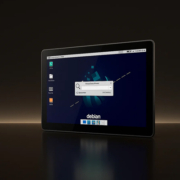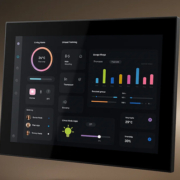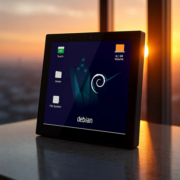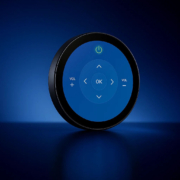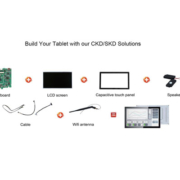What Exactly Is a Smart Home Control Panel?
As the world becomes more connected through the Internet of Things (IoT), the concept of the smart home has evolved from a futuristic idea to a reality in millions of homes worldwide. One of the key components in managing a smart home system is the smart home control panel. But what exactly is a smart home control panel, and why is it so important for modern home automation?
In this article, we’ll explore what a smart home control panel is, its key features, and why it’s an essential tool for managing a connected home.
What Is a Smart Home Control Panel?
A smart home control panel is an interactive device that serves as the central hub for controlling and managing the various smart devices within a home. It allows users to monitor and adjust systems such as lighting, temperature, security, entertainment, and more—all from a single, easy-to-use interface. Think of it as the “brain” of your smart home, where you can oversee and control all your connected devices and systems.
Smart home control panels come in many shapes and sizes. They can range from wall-mounted touch screens to portable tablets or even voice-controlled devices. These panels are often designed to be intuitive and user-friendly, with an interface that simplifies the management of complex home automation systems.
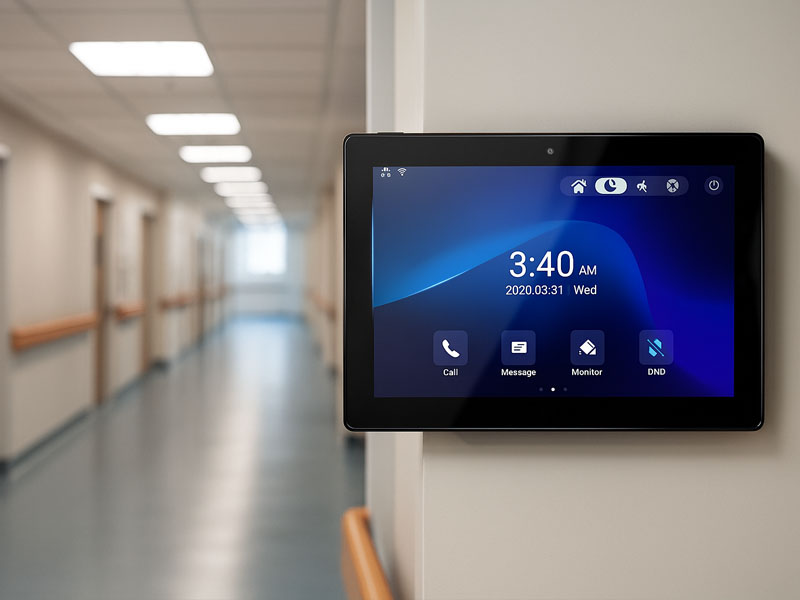
medical smart control panel
Key Features of a Smart Home Control Panel
1. Centralized Control for All Devices
The most significant feature of a smart home control panel is its ability to provide centralized control over all the smart devices in a home. Whether it’s a smart thermostat, smart lighting, security cameras, or door locks, a control panel consolidates control of these systems into one easy-to-navigate interface. This eliminates the need for multiple apps or remotes and streamlines how you manage your home’s automation.
2. Touchscreen Interface
Most smart home control panels feature a touchscreen interface, allowing users to control various devices with a simple tap, swipe, or pinch gesture. The screens are typically high-resolution, making it easy to read device status, adjust settings, and access different control menus. The ability to control devices through an intuitive touch interface makes interacting with your smart home more efficient and enjoyable.
3. Connectivity with Smart Devices
Smart home control panels are designed to connect with various devices and ecosystems through different wireless technologies. Common protocols include:
- Wi-Fi: For devices that connect directly to your home’s internet.
- Zigbee or Z-Wave: Low-energy wireless communication technologies used for smart lighting, sensors, and other home automation devices.
- Bluetooth: For pairing with devices such as smart speakers, headphones, or even locks.
- Ethernet: For a more stable connection, some control panels can connect to your devices via a wired connection.
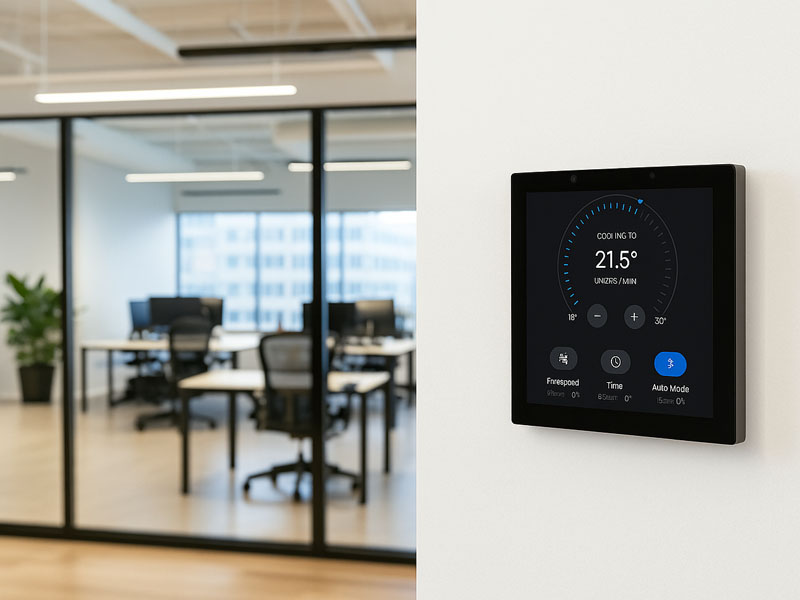
medical smart control panel
By supporting multiple communication protocols, a smart home control panel ensures compatibility with a wide range of smart devices, regardless of brand or manufacturer.
4. Automation and Scheduling
A smart home control panel doesn’t just allow you to control devices manually; it also enables automation. With the right setup, users can create automation rules that allow devices to interact based on schedules or triggers. For example:
- Set your thermostat to turn on when you’re about to arrive home.
- Automatically dim the lights in your living room when a movie starts.
- Trigger the security system to arm when everyone leaves the house.
Automation simplifies daily life by ensuring your home adjusts to your needs without requiring manual intervention.
5. Security and Monitoring
Another key feature of a smart home control panel is its ability to integrate with home security systems. Many smart home control panels are connected to security cameras, motion sensors, door/window sensors, and smart locks. You can monitor live video feeds from security cameras, receive alerts about suspicious activity, or even lock and unlock doors remotely—all from the same control panel.
Some control panels also allow integration with other smart security devices, such as doorbell cameras, smoke detectors, and carbon monoxide sensors, giving you a comprehensive view of your home’s security status.
6. Voice Control Integration
Many smart home control panels offer integration with voice assistants such as Amazon Alexa, Google Assistant, or Apple Siri. This allows you to control your smart home devices without needing to touch the panel. Instead, you can use voice commands to adjust the temperature, turn on lights, or even check who’s at the front door. Voice control is a convenient and hands-free way to manage your smart home.
7. Remote Access
In addition to controlling your smart devices locally, many smart home control panels offer remote access via mobile apps. Whether you’re on vacation or at work, you can use your smartphone or tablet to manage your smart home from anywhere in the world. This ensures you’re always in control, even when you’re away from home.
Why Is a Smart Home Control Panel Important?
- Simplifies Home Automation
- The primary reason to have a smart home control panel is to simplify the management of your smart devices. Instead of using several different apps or remotes for various devices, the control panel consolidates everything into one place. You can manage everything with a single interface, making home automation more accessible and easier to use.
- Improves Convenience
- Having a central control panel means you can automate daily tasks and control your home with ease. Whether it’s adjusting the temperature, turning off lights, or checking security cameras, a smart home control panel brings greater convenience to your life by making it simpler to manage all aspects of your home’s automation.
- Enhances Security
- A smart home control panel can integrate with your home security systems, offering a comprehensive way to monitor your property. With the ability to view security camera feeds, receive notifications, and manage locks, you’ll have better control over the security of your home. This added layer of protection gives you peace of mind, whether you’re at home or away.
- Energy Efficiency
- By allowing you to control lighting, heating, cooling, and appliances, a smart home control panel can help reduce energy consumption. For instance, you can set schedules for your thermostat to only heat or cool your home when you’re there, or use motion sensors to automatically turn off lights when no one is in a room. These energy-saving features can lead to lower utility bills and a greener home.
Portworld’s Smart Home Control Panel Solutions
Portworld offers a variety of smart home control panels designed to meet the needs of modern homes, offices, and commercial spaces. Their 4-inch, 5-inch, and larger models provide seamless integration with devices supporting Zigbee, Tuya, Wi-Fi, and more. These panels come with customizable features, including multi-touch screens, remote access, and automation capabilities.
With Portworld’s expertise in OEM/ODM solutions, you can get tailored control panels that meet specific needs, whether it’s for a smart home, hotel, or office environment. You can customize the hardware, software, and branding to create a truly unique solution for your smart space.
A smart home control panel is an essential component of any modern home automation system. It consolidates the control of all your smart devices into one easy-to-use interface, making home automation more convenient, secure, and energy-efficient. With support for multiple communication protocols like Zigbee, Tuya, and Wi-Fi, smart home control panels are versatile and compatible with a wide range of devices, giving you full control of your connected home.


